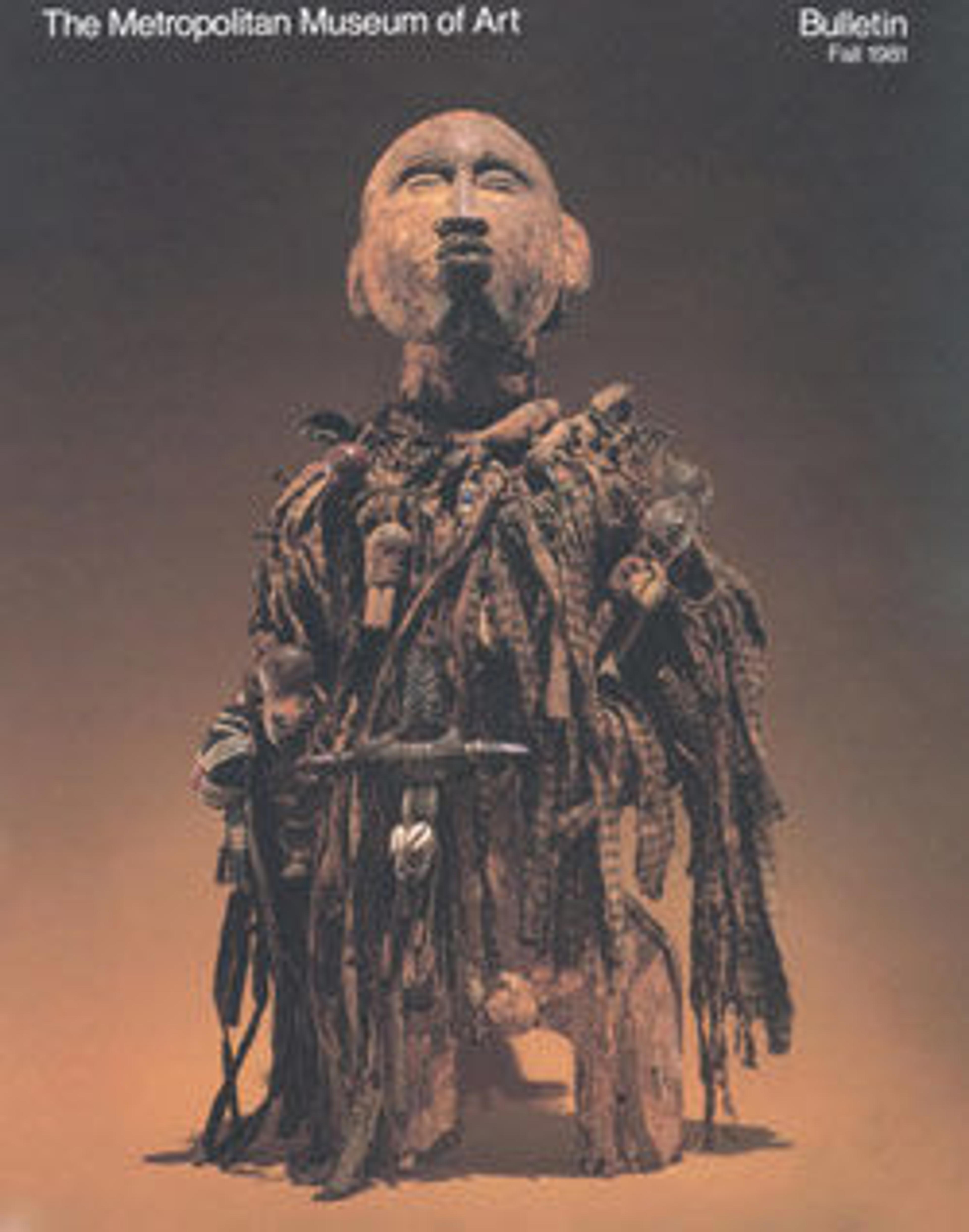Rain god mask
Many peoples in ancient Mexico made masks of different types and in a variety of materials. Some depict idealized human faces, others animals or supernatural beings. How the masks functioned is not always clear. Only a few have been discovered in archaeological contexts and life-uses are hard to make out. Face-size examples with holes for eyes and mouth were presumably worn in processions or on ceremonial occasions. Masks with no such openings may have been laid upon the dead; or they might have been tied to statuary or deity bundles, as the holes on the sides of the forehead of this mask suggest. Still others are small enough to be worn as pendants or as part of headdresses. This mask, carved from a light green serpentine, depicts the rain god Tlaloc with the characteristic ringed eyes, prominent teeth, and a mouth with an upper lip-moustache that curls on each side. He also wears a nose bar in the nasal septum.
Artwork Details
- Title:Rain god mask
- Artist:Mixtec (Ñuu Savi) artist(s)
- Date:1325–1521 CE
- Geography:Mexico, Mesoamerica
- Culture:Mixtec
- Medium:Serpentine
- Dimensions:H. 5 1/2 x W. 6 x D. 3 in. (14 x 15.2 x 7.6 cm)
- Classification:Stone-Sculpture
- Credit Line:The Michael C. Rockefeller Memorial Collection, Bequest of Nelson A. Rockefeller, 1979
- Object Number:1979.206.1062
- Curatorial Department: The Michael C. Rockefeller Wing
More Artwork
Research Resources
The Met provides unparalleled resources for research and welcomes an international community of students and scholars. The Met's Open Access API is where creators and researchers can connect to the The Met collection. Open Access data and public domain images are available for unrestricted commercial and noncommercial use without permission or fee.
To request images under copyright and other restrictions, please use this Image Request form.
Feedback
We continue to research and examine historical and cultural context for objects in The Met collection. If you have comments or questions about this object record, please contact us using the form below. The Museum looks forward to receiving your comments.
